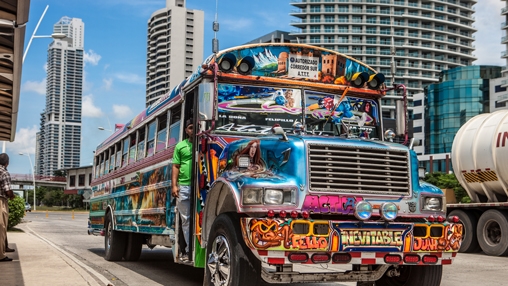Panama is more than the Canal. In the past few years, the country has become one of the main tourist destinations in Central America, especially for the European and the US markets. According to World Tourism Organization, the first nine months of 2012 the country received 1.5 millions of visitors, almost 7 percent more compared to the same period last year. Panamanians authorities hope that 2012 ends with more than 2 million tourists.
The country attracts tourism not only because of its wonderful coasts and vast biodiversity, but also for its rich cultural heritage. But, what is the impact of this activity in the reduction of poverty in Panama?
A World Bank study reveals that the tourism sector – which contributes with at least 6 percent of Panama’s gross domestic product – could have a key role in the fight against poverty by becoming a source with great potential to contribute to the country’s economic growth.
“Benefits to the poor from the tourism development don’t depend as much on the type of tourism, but on how the tourism economy is structured”, say Irina Klytchnikova, Senior Economist in the Sustainable Development Department of the Latin America and the Caribbean Region, and Paul Dorosh, Division Director of the Development Strategy and Governance Division in the International Food Policy Research Institute (IFPRI).

